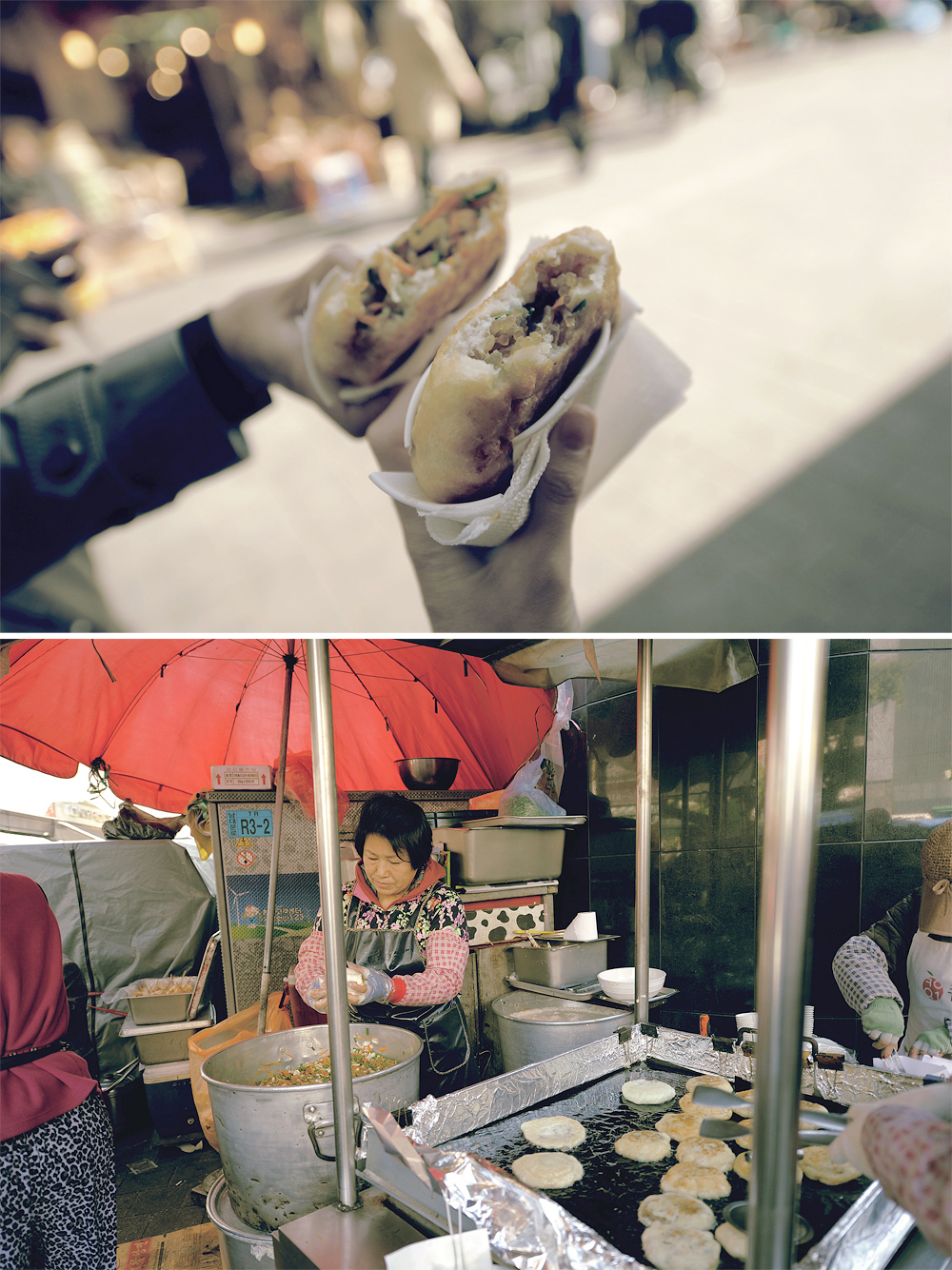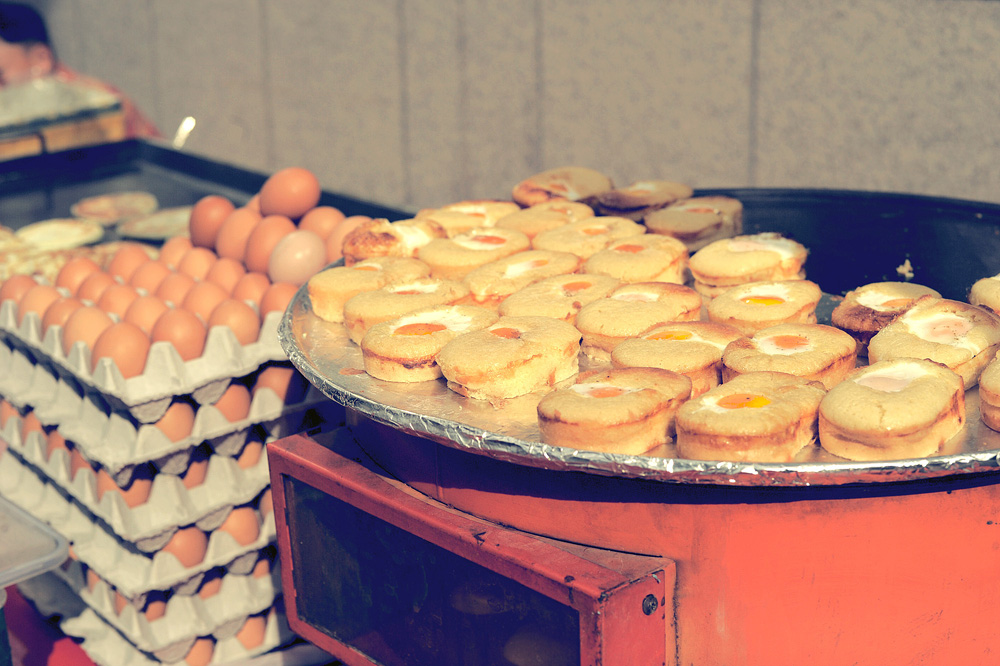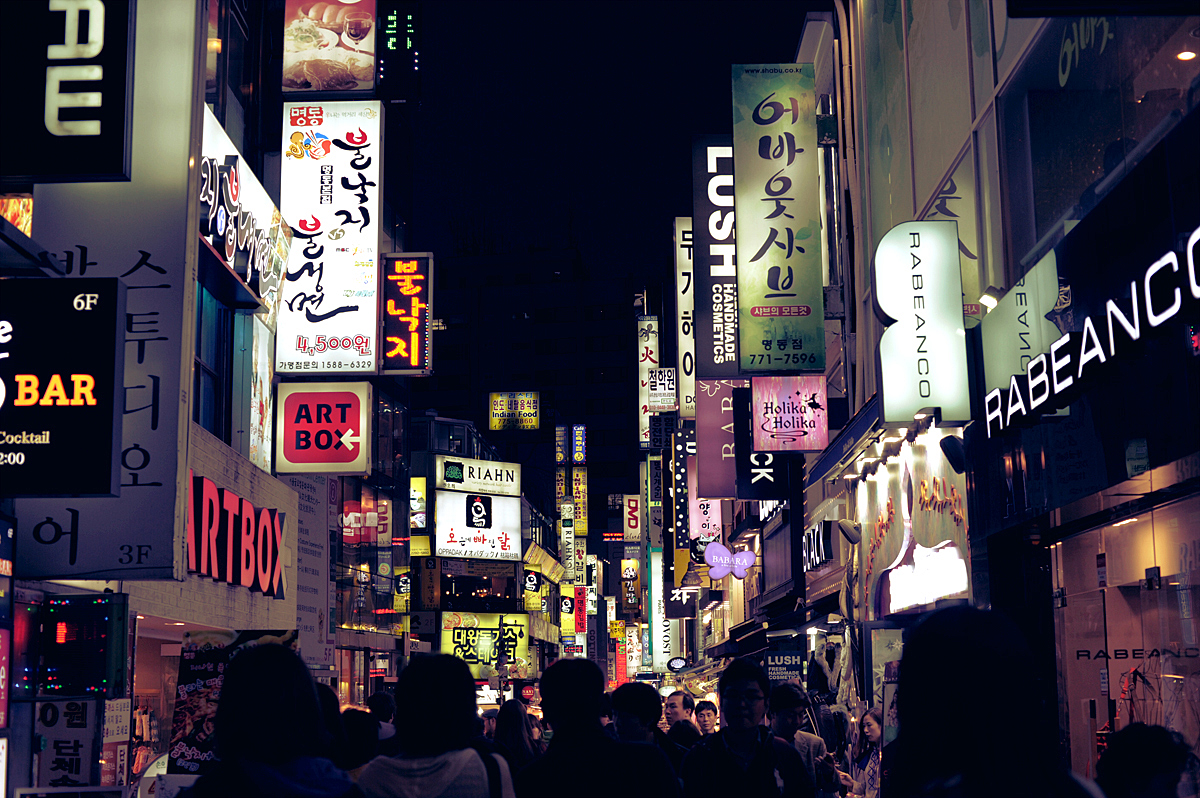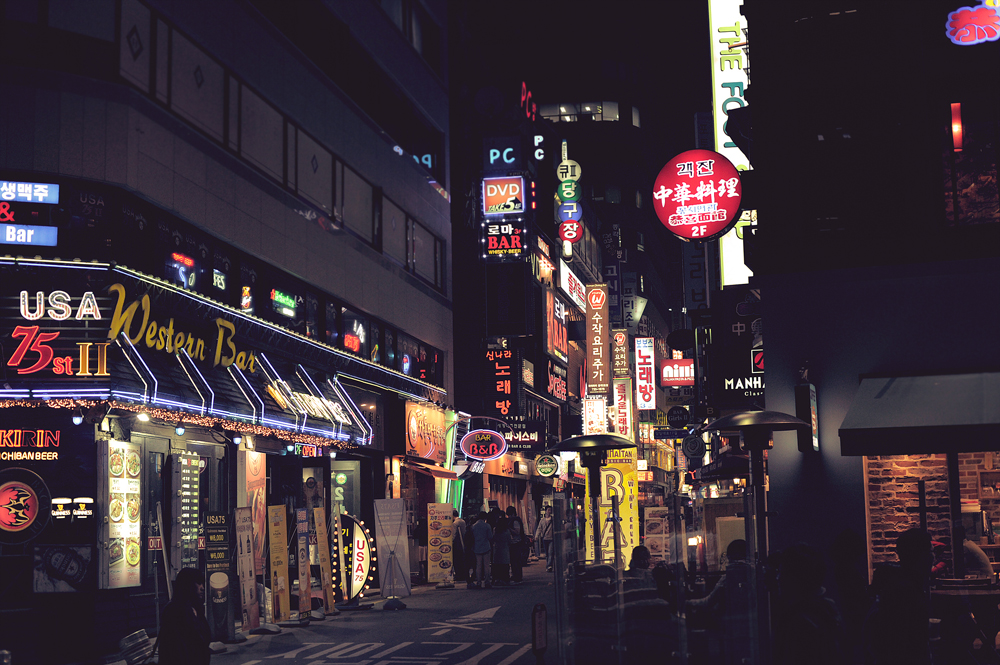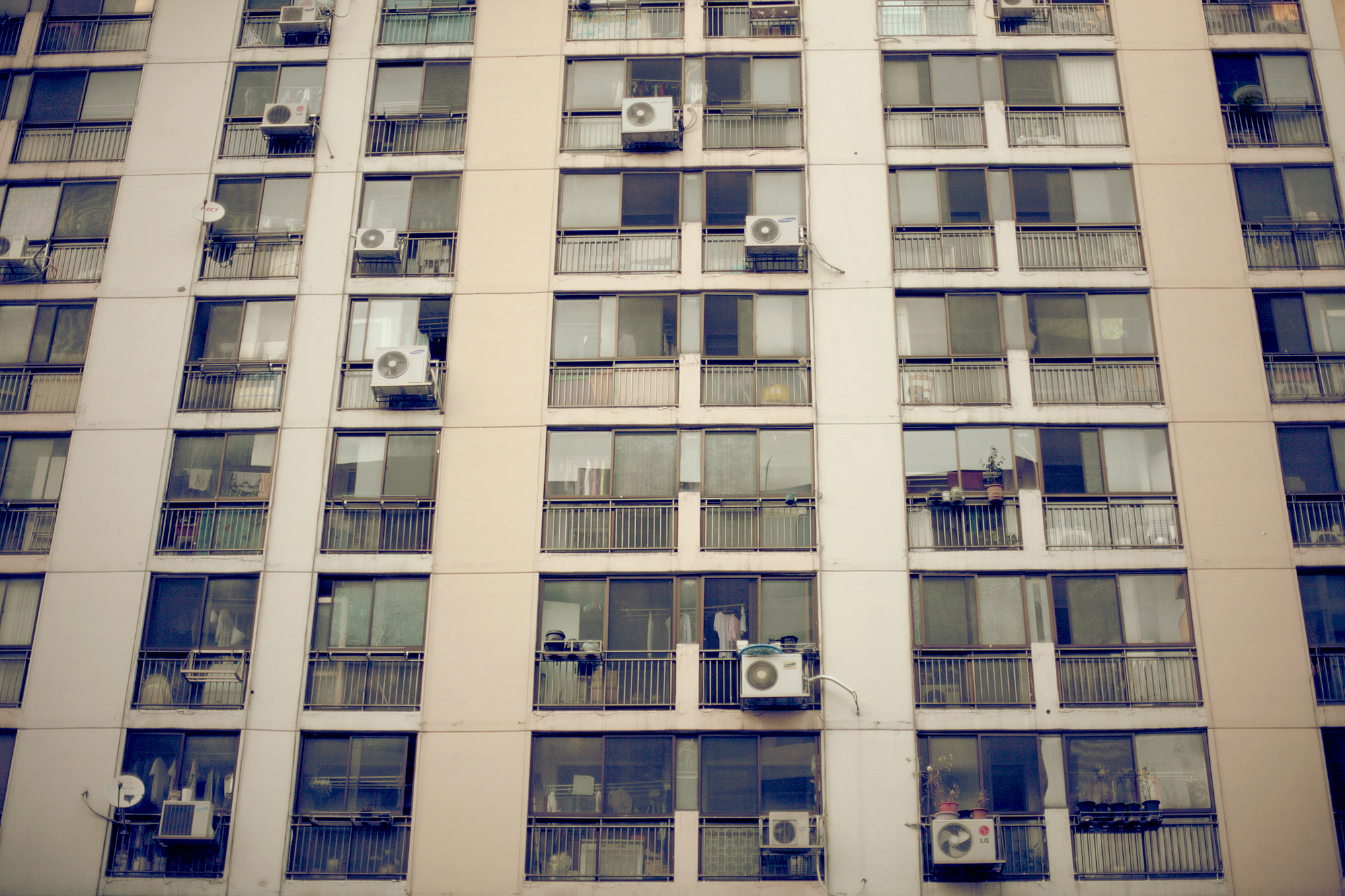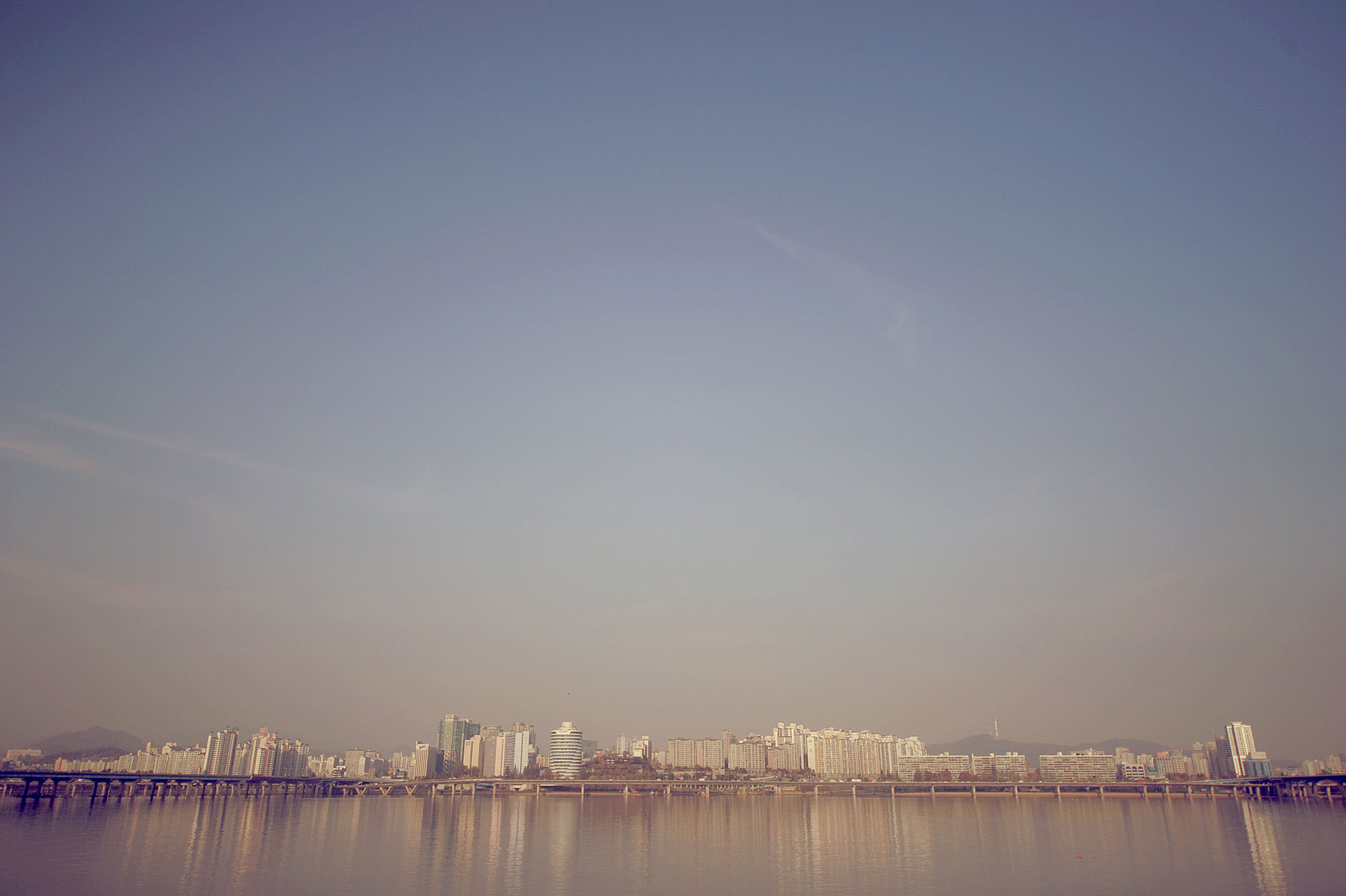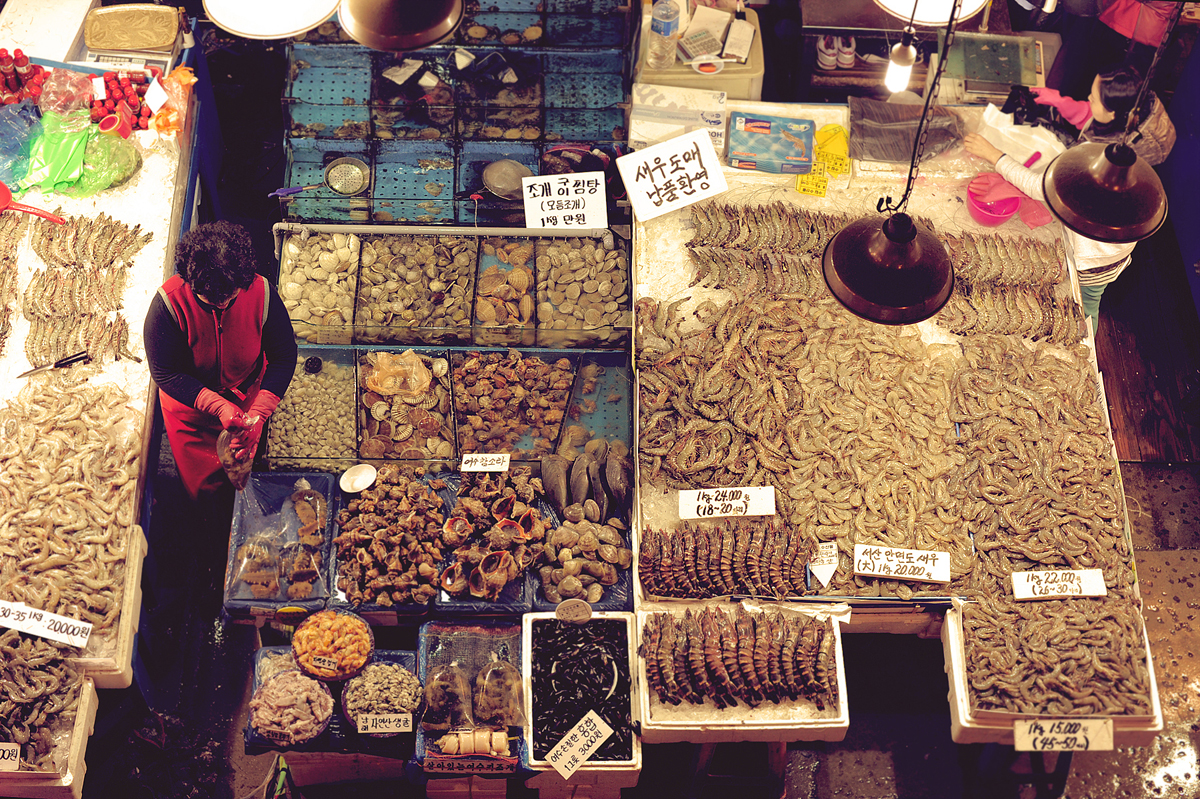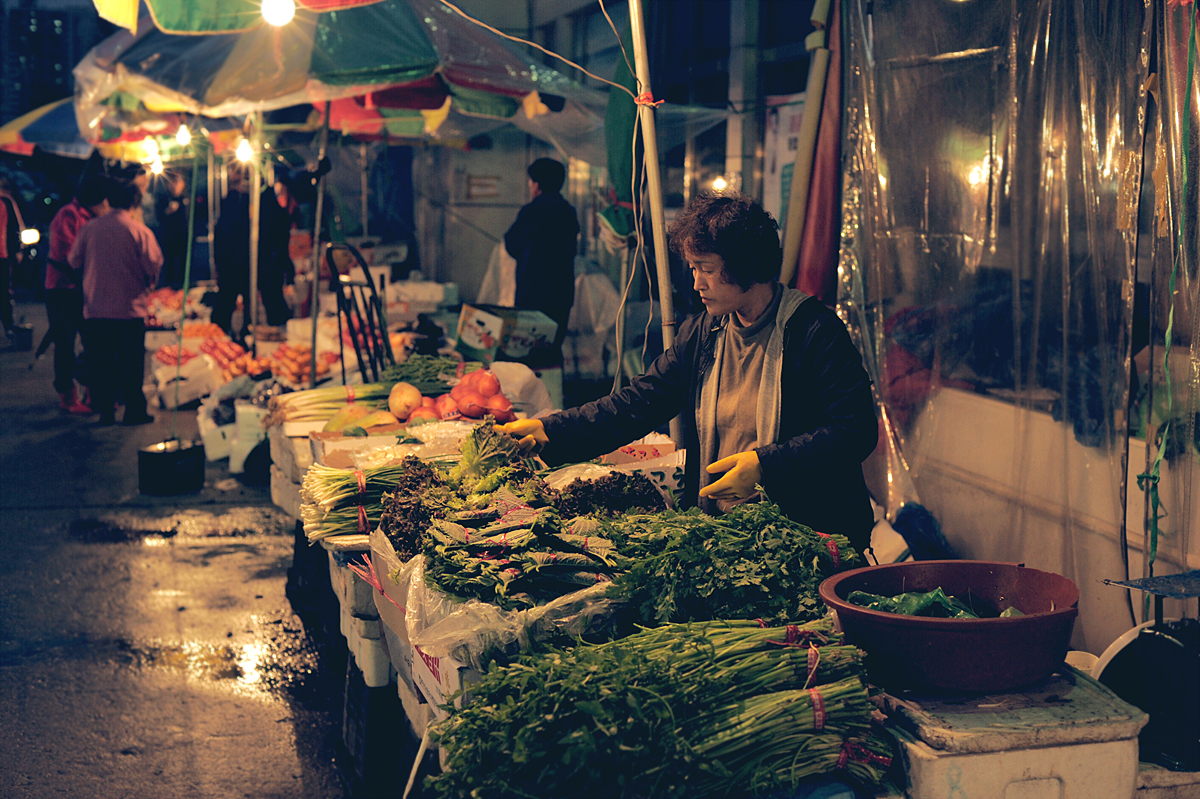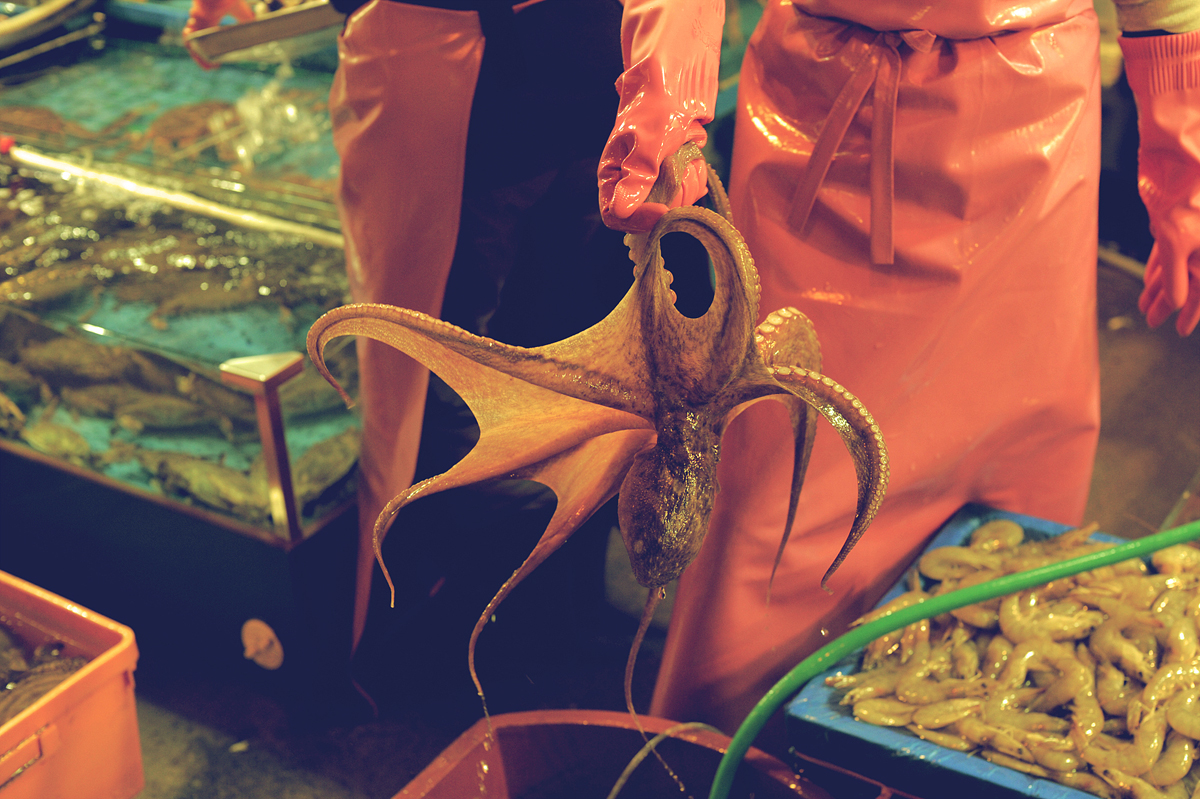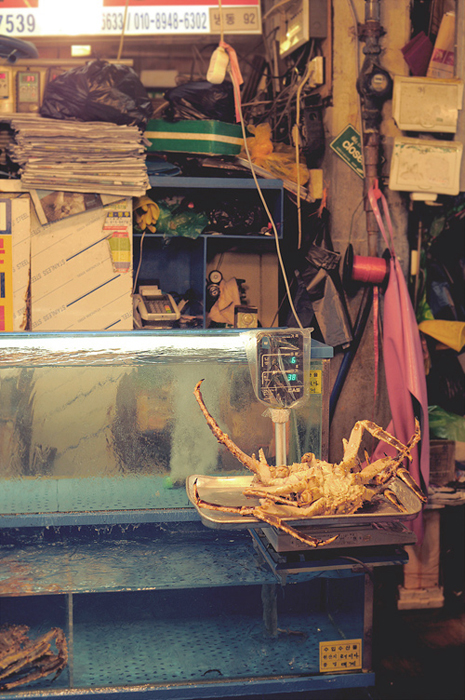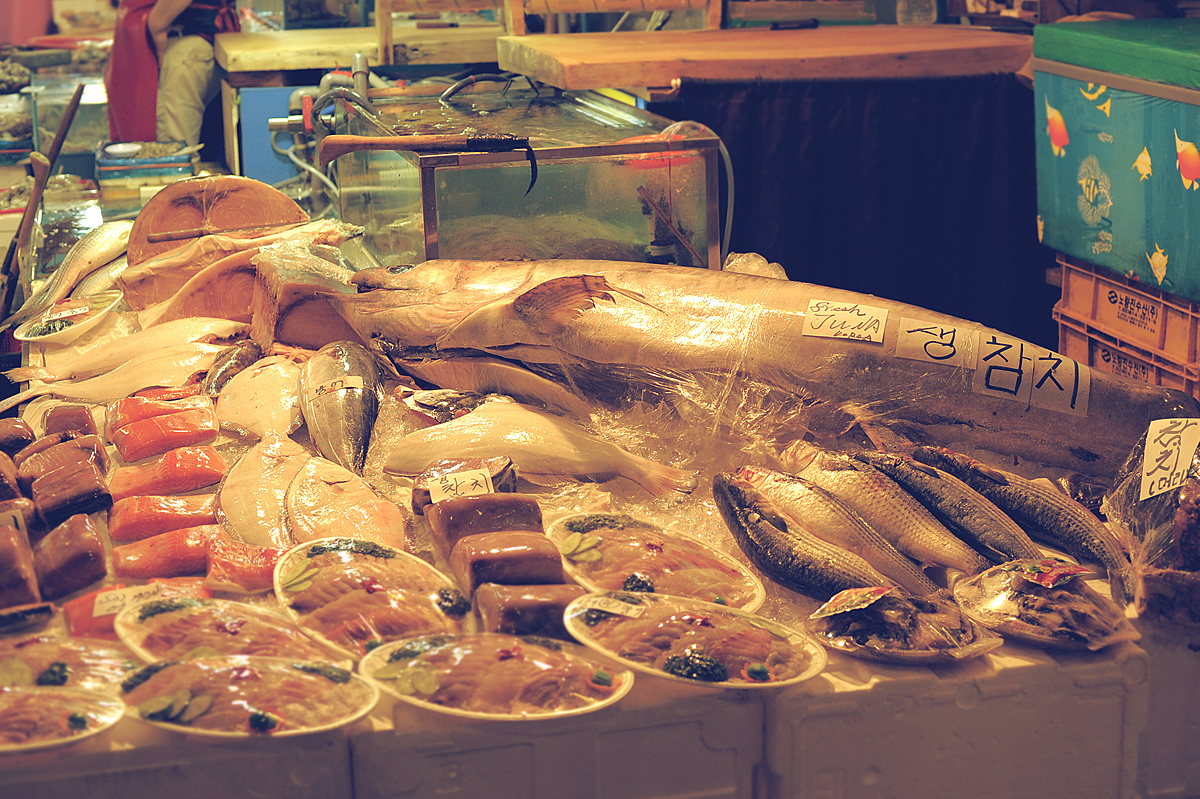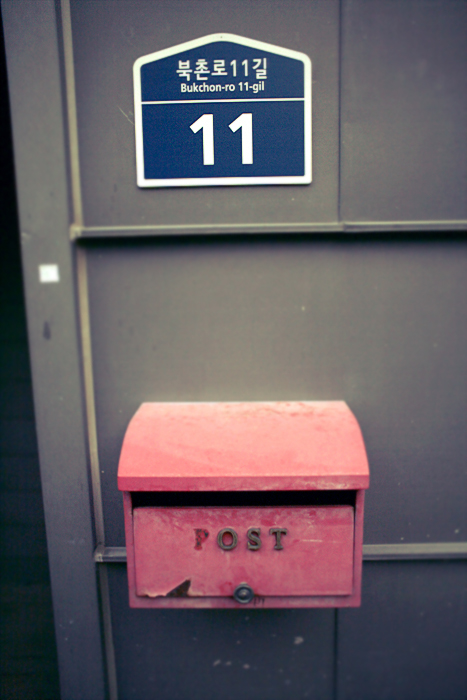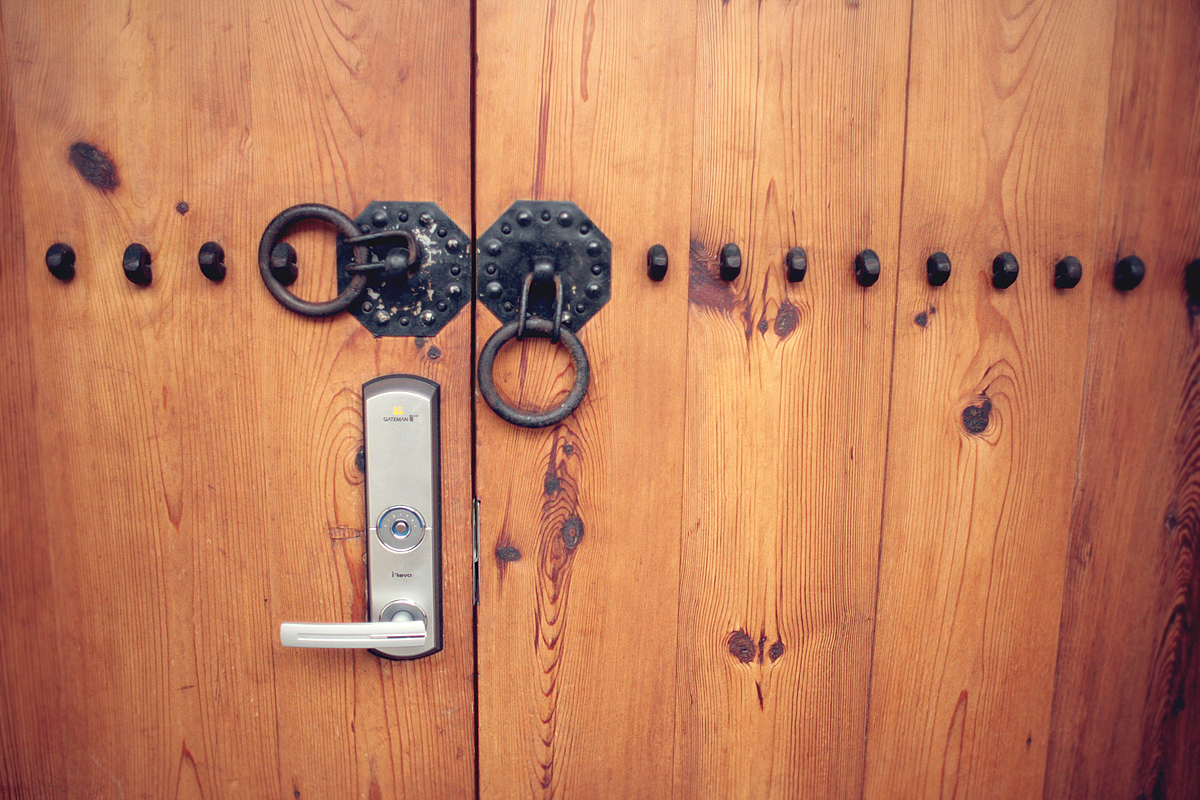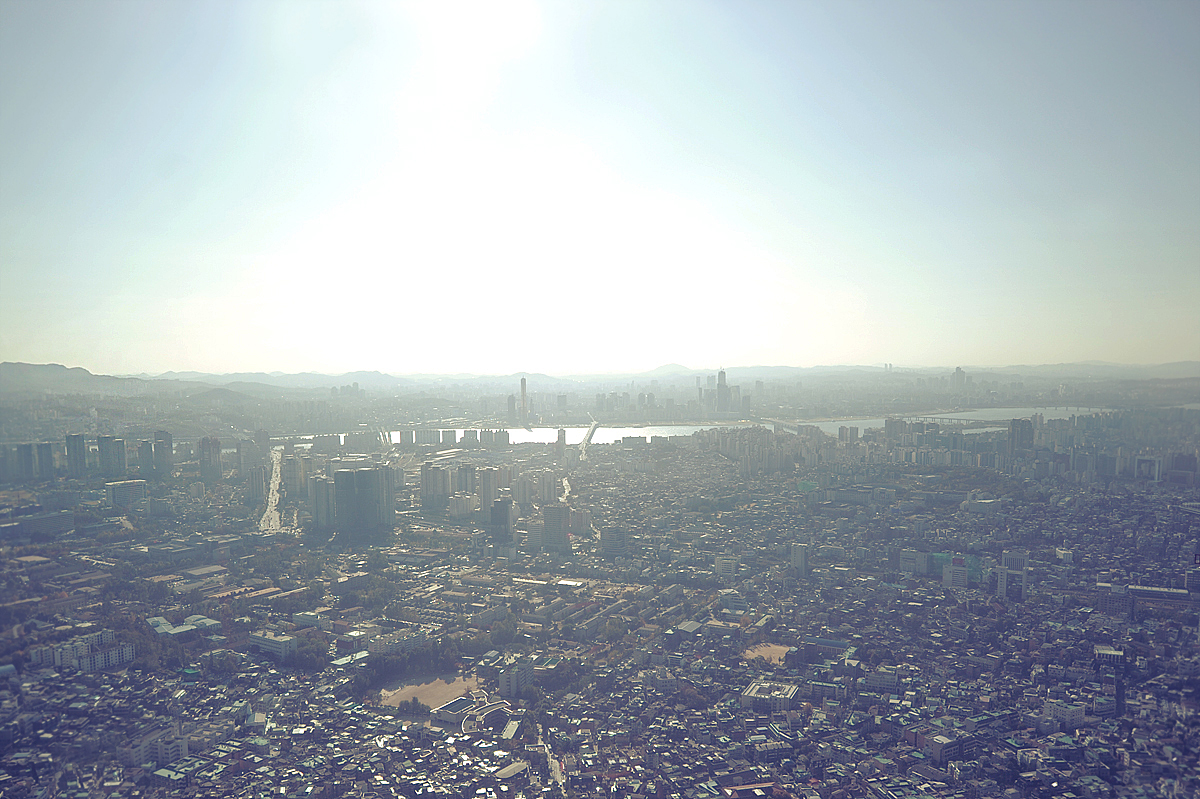
The N Seoul Tower sits atop Namsan, overlooking downtown Seoul and beyond. It reminds me a lot of the Mori Tower in Roppongi, Tokyo. At the N tower, there is a lot to see and do. There’s a cafe, a rotating restaurant, seemingly endless “Love Locks” (more on that later), a small cafe, couple of gift shops, and even a teddy bear museum. There are a few observations decks and a few ways of getting to the tower. Visitors can use the “Namsan Cable Car” to get most of the way up, then walk a few minutes to the tower. There are also buses that will go part way up the mountain as well. Visitors can also walk from the very bottom to the very top – it will take a while but the paths and stairs are wide and safe.
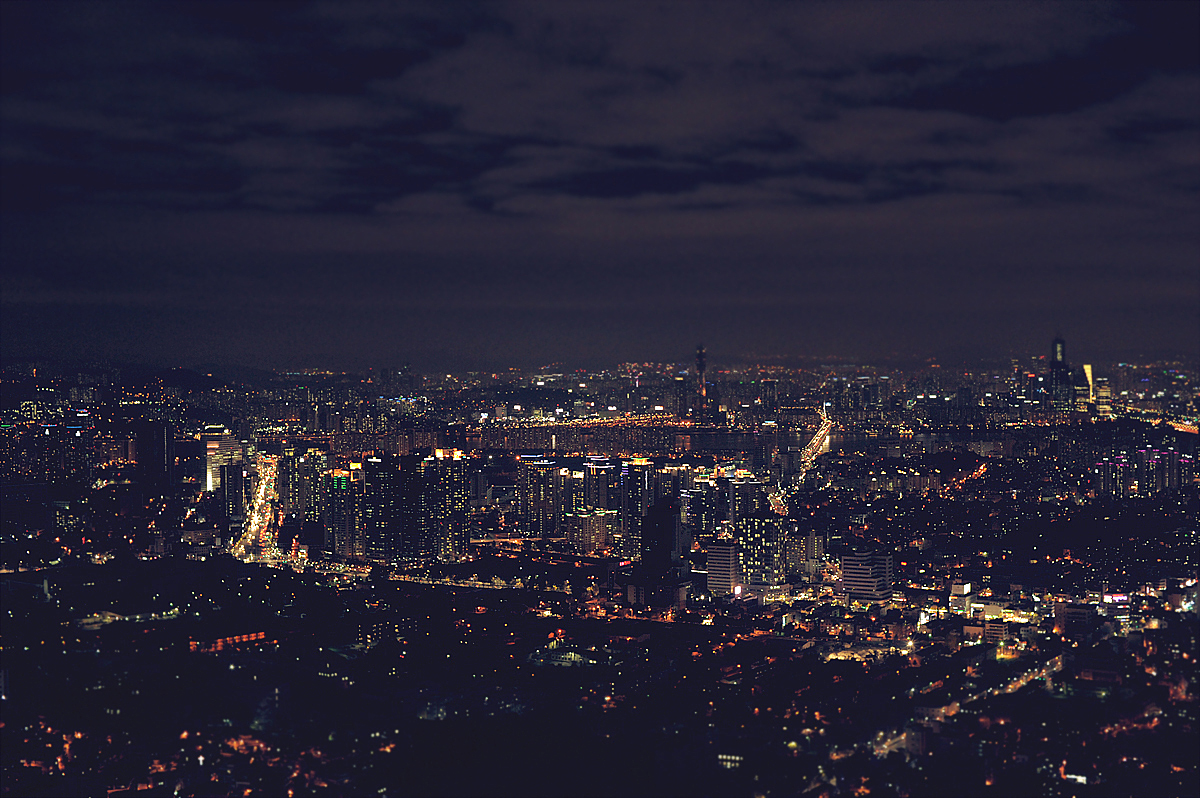


Besides the amazing view of Seoul from the tower, I really enjoyed seeing all the Love Locks. Families, friends, and lovers write messages on locks then lock them to a fence. There are other “Love Locks” locations around the world, including Paris, Vancouver Canada, Moscow, and other cities.
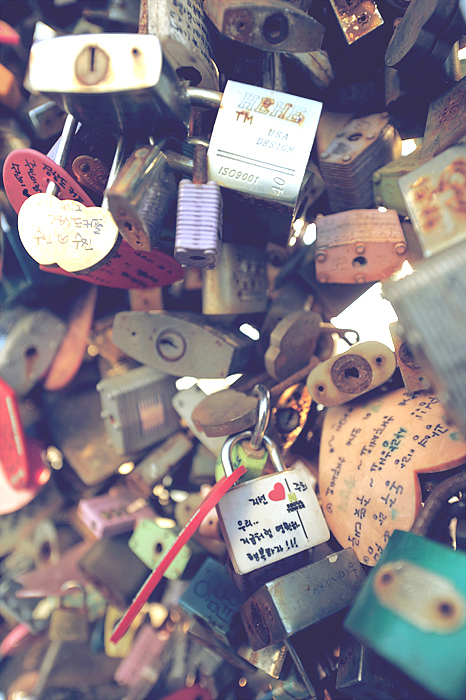


For more information, you can visit http://visitkorea.or.kr/enu/SI/SI_EN_3_1_1_1.jsp?cid=264550
[Nikon D3s, 14-24mm wide angle lens + 50mm lens]
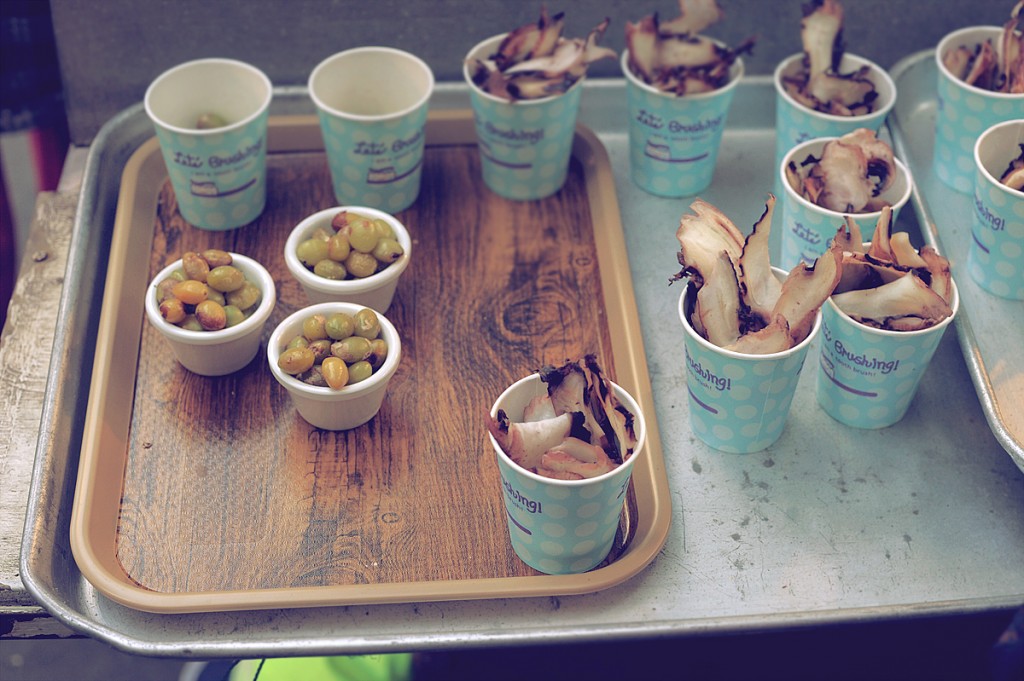
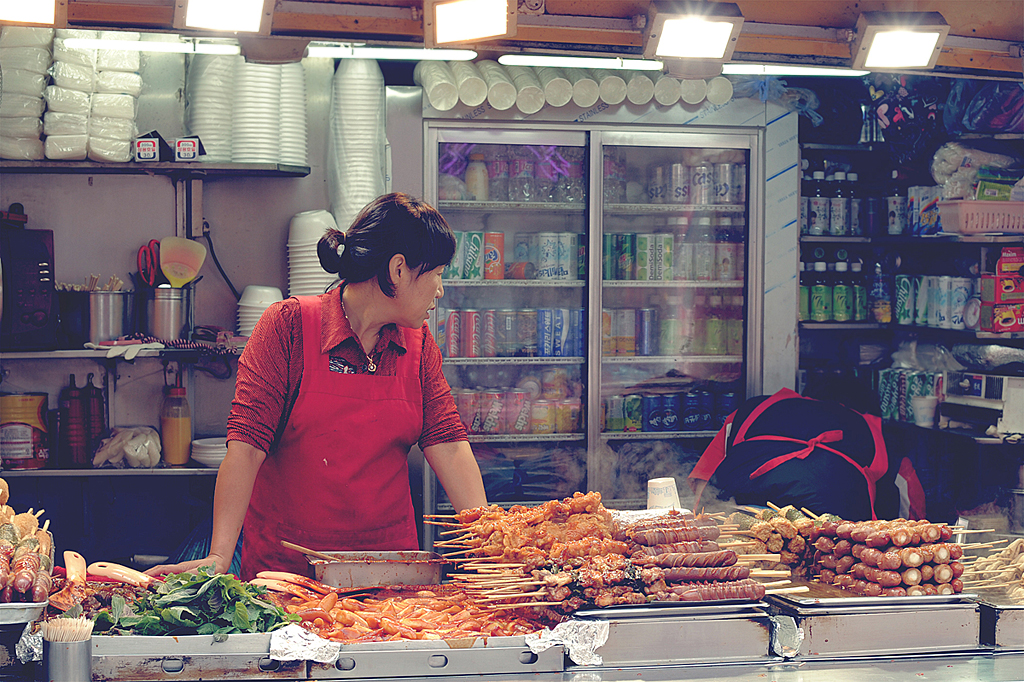 A family run street food vendor. Myeongdong, Seoul [Nikon D3s, 50mm lens]
A family run street food vendor. Myeongdong, Seoul [Nikon D3s, 50mm lens]